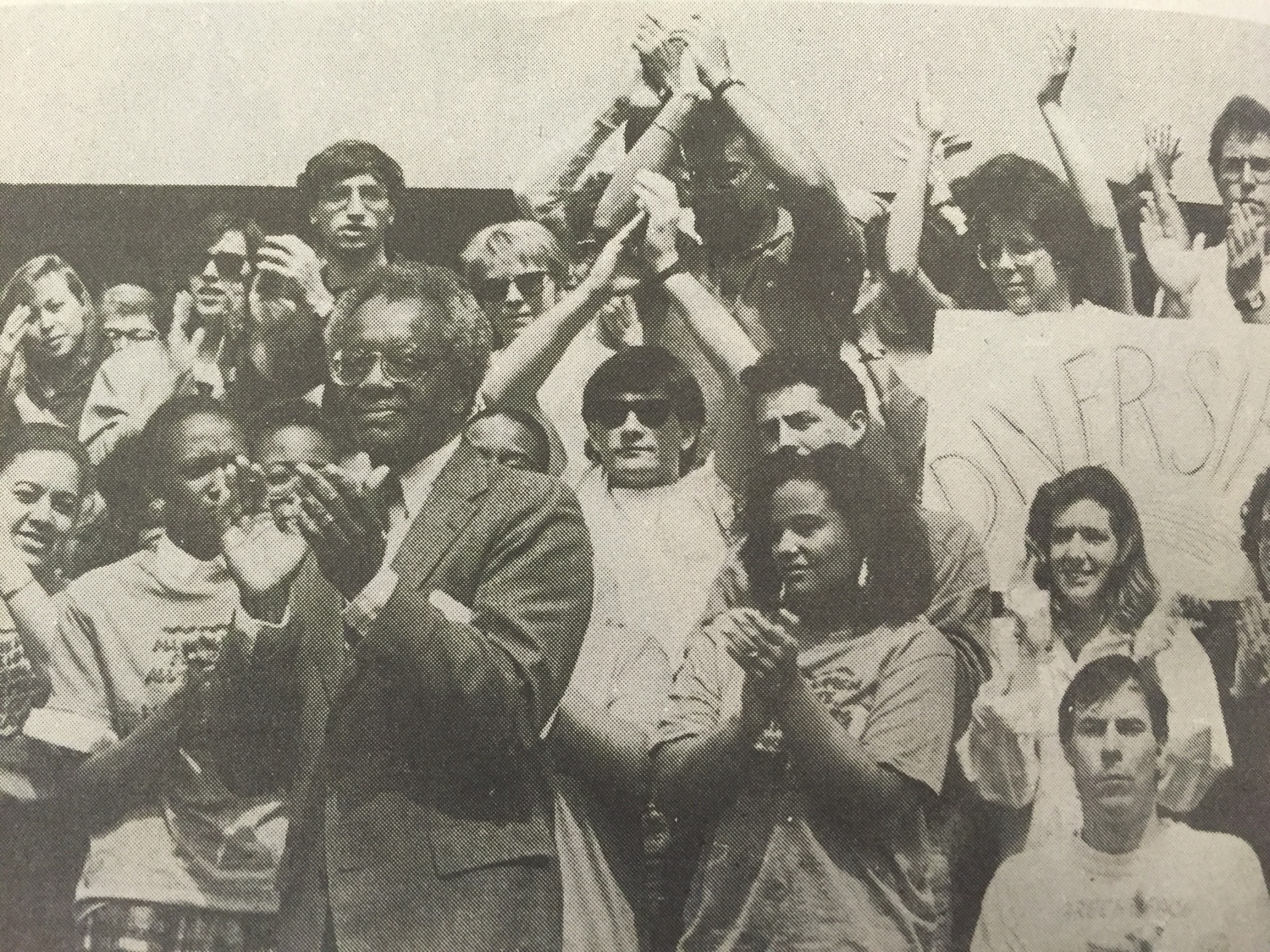
Critical Race Theory (CRT) is, at bottom, the radical civil rights tradition critically transformed to address a post-Civil Rights legal era rooted in the liberal ideology of “color-blindness” and “equal treatment,” which have together preserved and legitimated the continuation of racially subordinated circumstances.
Broadly speaking, two visions of civil rights law emerged out of the Civil Rights Movement (CRM). On the one hand, White progressives, along with the developing Black middle-class, centered their continued civil rights vision on the analytics of prejudice, discrimination, and segregation. That is, the social problem of racism was understood to be personal prejudice and bias due to irrationally allowing physical and ancestral difference to justify partiality; discrimination was thought to be the specific, individuatable, and intentional actions resulting from personal prejudice—in particular, allowing race to figure into decision-making; and, last, segregation was thought to be the social, legal, and political manifestation of prejudice and discrimination.








